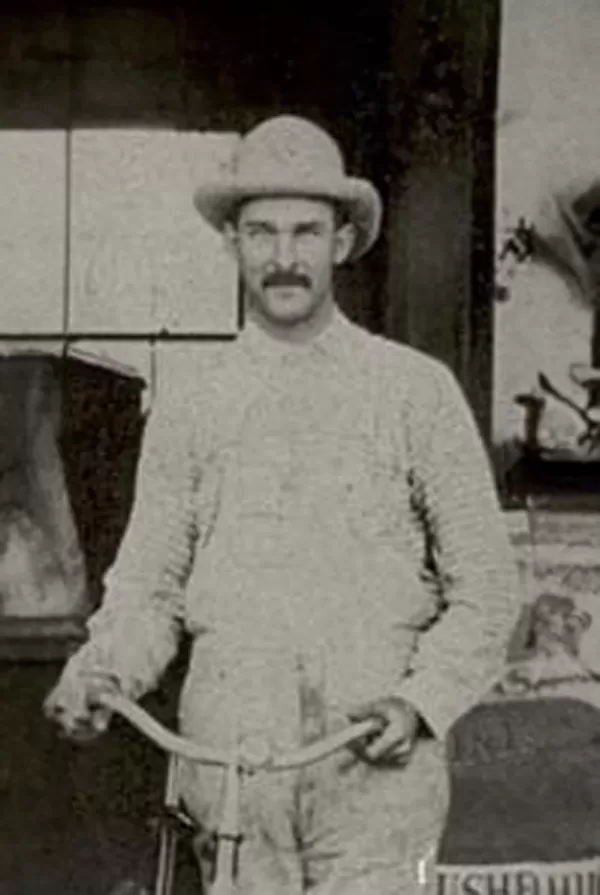Henry “Harry” DuBois (1871-1924) was born in Holmdel, New Jersey, where he worked on the family farm. At age 16, he began spending the winters working for a Merritt Island citrus grove, gradually making Florida his permanent home. During the construction of the Royal Poinciana Hotel in 1893, DuBois bought a sailboat and contracted to haul building materials to Palm Beach. He joined Captain Charles Carlin’s Jupiter Inlet Lifesaving Station crew until it closed in 1896, enabling him to buy 20 acres on Lake Worth Creek. He planted pineapples on half of it and hired Henry Carlin to build a 14-x-28-foot house.
Before DuBois married Susan Margaret Sanders (1876-1977) in 1898, he bought 18 acres south of the Jupiter Inlet that he had long admired for its ridge of Indian shell mound. The site is believed to be where Jonathan Dickinson and his shipmates were taken by the Jobe Indians when they were shipwrecked in 1696. DuBois moved his house to the mound and added a second story in what became DuBois Park. He sold most of the shell mound as roadbed for Park Avenue, Silver Beach Road, and other streets in Kelsey City, later renamed Lake Park.
The DuBois’s had four children: John Rue (1899-1987), Henry S. (1901-1997), Anna (1903- ), and Neil (1904-1990). DuBois raised vegetables, bananas, and chickens; fished, salvaged shipwrecks, and, most successfully, kept bees. DuBois was one of Florida’s first commercial beekeepers, with 600 colonies on properties from Deerfield Beach to Hobe Sound. Later Neil expanded to 800 colonies and added a fern business that employed many locals.John married Bessie Wilson (1903-1998) in 1924, a friend of his sister Anna, who became Jupiter’s resident historian. John and Bessie lived in his parents’ home, where they raised four children, and ran a small store on the dock and Jupiter Inn and Restaurant in the 1930s. As a commissioner of the Jupiter Inlet District in 1947, John lobbied for the money to dredge off of DuBois beach, enlarging DuBois Park for future public use.


